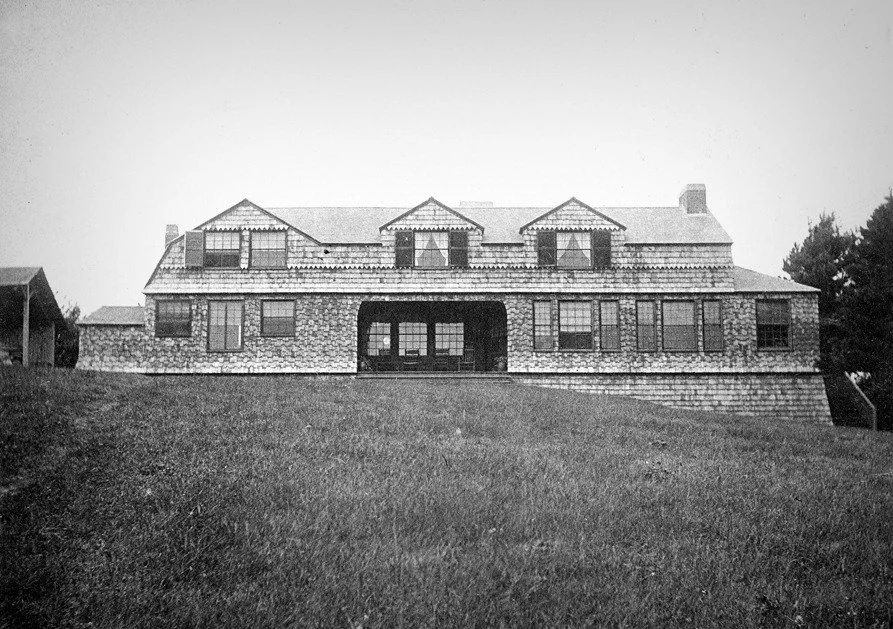Historic Home Feature
Here are two very different “Browne Houses” in New England — one an architectural treasure by H.H. Richardson, the other a centuries-old colonial gem near Boston. One is close to home and the other a fun beach trip.
🏠 1. Reverend Percy Browne House – Marion, MA
Architect/Style: Designed by H.H. Richardson (with input from Stanford White) in 1881–82. It’s among the earliest Shingle-style homes in America
Design Highlights:
Inspired by Norman Shaw's English country houses and New England colonial vernacular.
Its simple, pragmatic form was considered somewhat “protocommodern” in later decades Preservation Status:
Owned by Tabor Academy, which once planned demolition for financial reasons.
Architects like Tom Kligerman and Robert A.M. Stern intervened, halting the demolition—but its future remains uncertain
Could be restored in place or moved, but both options are costly.
🧱 2. Abraham Browne House – Watertown, MA
Historic Colonial Home: Built circa 1694–1701, one of the few remaining "one-over-one" houses—simple two-story profile
Restoration Legacy:
Saved from ruin in 1919 by William Sumner Appleton of Historic New England, who performed one of the first fully documented restorations in the U.S.
Retained as museum property with much of its original 17th-century fabric intact
What You’ll See Today:
Ground floor: a large multipurpose room for cooking, sleeping, and living. Upper floor: one chamber and attic
Original features include steeply pitched roof and rare casement windows
Open May–October for tours; special free days like Historic New England’s open house
✅ Quick Comparison Table
Feature Rev. Percy Browne House (1881–82). Abraham Browne House (1694–1701)
Architectural Style. Early Shingle style (Richardson). First-period colonial, “one-over-one”
Architect. H.H. Richardson (+ Stanford White). None notable; vernacular colonial
Significance. Protocompact modern domestic architecture. Among oldest and best-preserved homes in MA
Preservation Status. Threatened, awaiting restoration or relocation. Historic New England museum, fully restored
Public Access. Not generally open (Tabor Academy property). Open for tours; free public events

